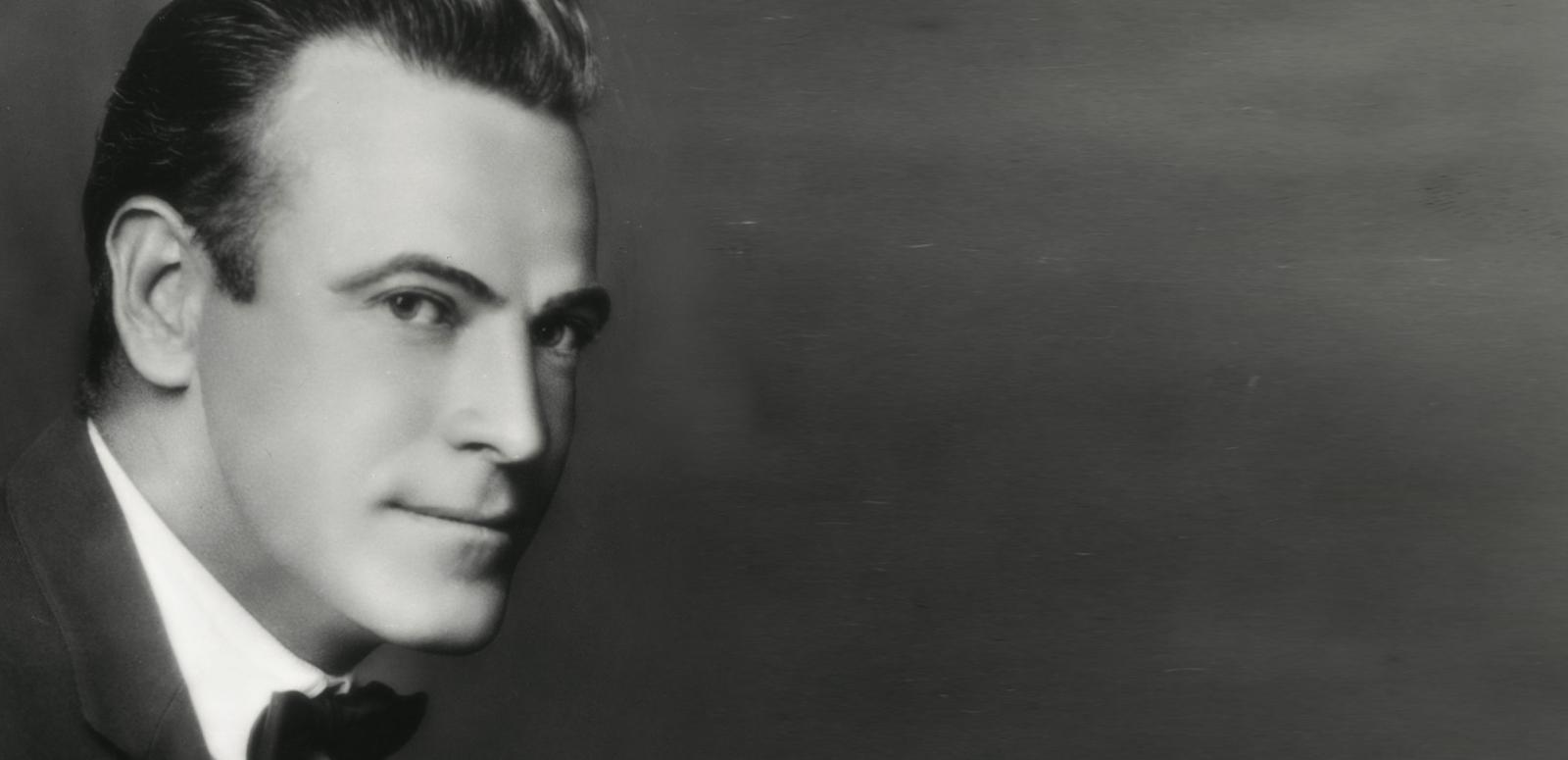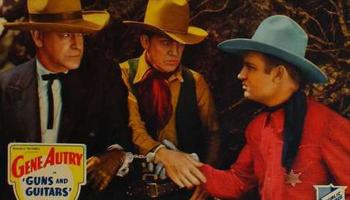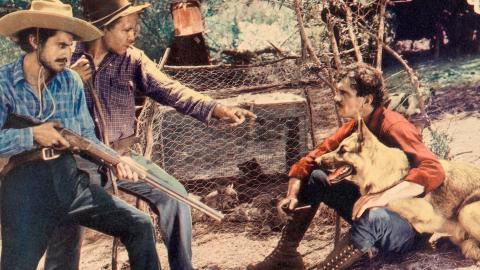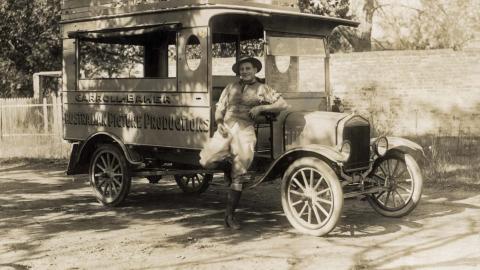

The career of Hollywood pioneer JP McGowan
David Donaldson, the inaugural Director of the Sydney Film Festival, shines a light on the career of the South Australian-born Hollywood pioneer JP McGowan.

In 50 years of exploring about films, I had never heard of JP McGowan. A word leaped out from a turning page in Katz’s encyclopedia: ‘Terowie’. On the road years before from Broken Hill to Adelaide, I had noted the turn-off to the now tiny town. This man had been born there! He had a fascinating career, unknown to almost everyone in his birth country.
These days, IMDb credits John Paterson McGowan as an actor for 234 and as director for 250 films. His ‘come on, let’s go’ life attitude gave him 30 productive years – in 1936, he worked on 15 different films. Then ten years with the newly formed Directors Guild, winding up in 1951 with life membership. A strong journey for the son of a railway stoker at the edge of the South Australian outback.
McGowan is claimed to be Hollywood’s first Australian. From 1909 he had worked for The Kalem Company in New York, Florida, Ireland and Palestine as an actor employed for his military bearing. He had graduated into directing with The Grit of the Girl Telegrapher in 1912, and the following year he was sent by the studio to open the office in California.
Continents then were crossed by railways fed by Morse code, oilcans and steam boilers. Pouring smoke around a bend, streaking over viaducts or coming to grief on faulty trestles, the big broad-gauge American locomotives were thrilling to audiences, and equally so the messages flashing on the wires. McGowan knew rail not only from his father’s work but also his South African War service in the British irregular force, Montmorency’s Scouts.
Hollywood came to know JP McGowan as ‘The Railroad Man’. From 1912 to 1932, railroad melodrama was his forte. Never in the prestige movie league, McGowan prolifically gave straightforward visual action to US small-town and foreign export audiences.
Actress Helen Holmes had moved from the Mack Sennett studio to Kalem for athletic roles in its outdoor adventures. She became that girl, wriggling out of ties to the rails, leaping into boxcars from motorcycles, jumping from bridges to wrestle villains on top of speeding railcars.

Holmes was McGowan’s action star in what for Kalem turned into an immensely long series of weekly adventures, The Hazards of Helen. Something of his muse, Holmes married her director. Together, they set up the Signal (get it?) Film Corporation to make their own adventures and serials like The Railroad Raiders. In Signal’s five-reel feature of the now-lost Whispering Smith, McGowan produced, directed and starred as the tough railroad fixer. He established that role as a staple of film, television and even mass clothing for decades to come.
Through the bankrupting thirties, McGowan made a last independent stand for railroad pictures by adding an airline theme in the serial The Hurricane Express, starring a young John Wayne. Mainly, he survived by directing poverty-row westerns, along with roles in middle-status films of Hopalong Cassidy, Gene Autry and the Mesquiteers. His big build and strong voice made him a sheriff or detective but mainly a heavy or villain, as in Guns and Guitars (1936). Intriguingly, in that same year he worked for John Ford in The Prisoner of Shark Island, as did another little-recognised South Australian, OP Heggie.
Though most of JP McGowan’s silent work seems lost, some of The Hazards of Helen is held by the National Film and Television Archive in Britain. Episodes were received with rapture by the rail-aware present-day Terowians, being shown over 2002-2010 on the carbon arc projectors of the old Institute hall. Two silent features were found in a cellar in St Louis in 2007. Just this month, the 1928 serial The Chinatown Mystery, now restored, has been presented in three prestigious sessions by George Eastman House, the Kodak museum.
As the NFSA recognises McGowan’s birthday on 24 February with a morning matinee, we can reflect on good fortune. Australia does hold some of the output of Hollywood’s First Australian. The Gene Autry singing cowboy feature comes in a 16mm print from a private collection; from the NFSA’s Lending Collection in 16mm is the slam bang trailer for The Hurricane Express. Long kept by the NFSA as an archival projection print, an episode from The Railroad Raiders will be screened in glorious 35mm. Unlike almost any cinema in Australia these days, NFSA’s near-new Kinoton projectors can show genuine celluloid and switch between film sizes for us.
After 15 years of researching, finding, collecting and advocating, a most satisfying morning is in prospect at Arc cinema!
Purchase the book Hollywood’s First Australian by John J McGowan in the NFSA Online Shop.
The National Film and Sound Archive of Australia acknowledges Australia’s Aboriginal and Torres Strait Islander peoples as the Traditional Custodians of the land on which we work and live and gives respect to their Elders both past and present.


